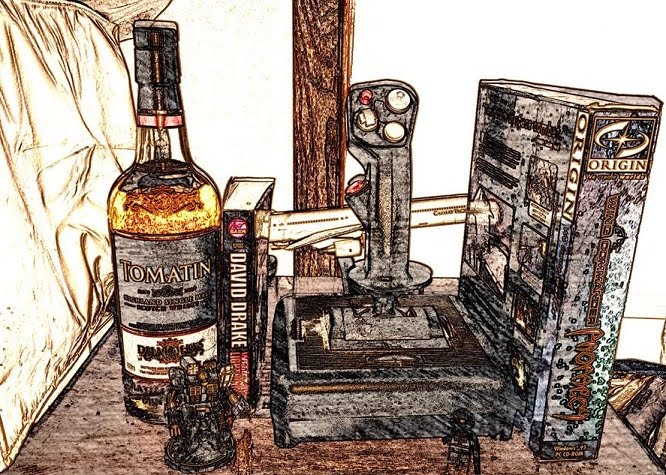Enter the Bristol Beaufighter. A successful development of the Beaufort torpedo bomber, Beaufighter Mk. I and Mk. II models carried a quartet of 20mm cannons in the lower fuselage, and had sufficient space in the nose to mount a radar. Beaufighters served in this role until mid 1942, when they were replaced by the ultimate British nightfighter (among its many extremely successful roles) the de Havilland Mosquito.
 |
| A Merlin equipped Beaufighter Mk. II |
Beginning with the Mosquito NF MK II, and progressing through the NF Mk 30, the Mosquito was the primary night fighter of the RAF. It carried four 20mm cannons in the belly, and four .303 (7.7mm) machine guns mounted either in the nose, or under the forward fuselage depending on the model. They carried a variety of radars as the technology improved, and were said to have been so successful against both German bombers and night fighters that kill awards for shooting down a Mosquito were double that of other night fighters.
 |
| A well preserved Mosquito NF Mk II |
The only American built night-fighter to serve in the European theater was the Northrup P-61 Black Widow. Armed with four 20mm cannons in the belly, and four .50cal (12.7mm) machine guns in a dorsal turret that was left off some of the -B models due to buffeting, the P-61 served in both the European and Pacific theaters.
In Europe, the P-61s served as both as a night hunter, and with its heavy cannon armament, also served as a night intruder attack aircraft in the last phases of the war.
 |
| A pair of P-61As (notable for the lack of dorsal turret). |
Next week I'll get into the German night fighters, which showcase some fairly interesting problem solving.

No comments:
Post a Comment